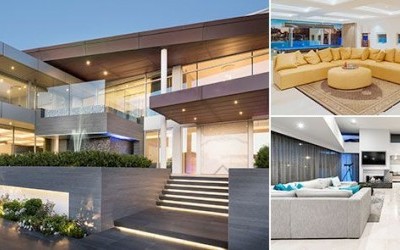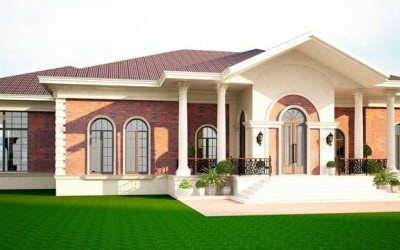Architectural interior design
Architectural interior design is the art and science of creating functional, aesthetically pleasing, and comfortable interior spaces within buildings and structures. This discipline combines architectural expertise with an understanding of clients&single_quot; needs and preferences to create unique and livable interiors. Here are key aspects of architectural interior design:
-
Client Consultation: The process begins with discussions about the client&single_quot;s ideas and requirements. Architects take into account the client&single_quot;s tastes, lifestyle, and budget to create an interior that meets their expectations.
-
Space Planning: Architects develop a space plan that includes the arrangement of furniture, walls, doors, and other elements to optimize functionality and convenience.
-
Material Selection and Finishes: Efficient use of materials and finishes plays a crucial role in creating stylish and practical interiors. This involves selecting textures, color palettes, and finishing materials.
-
Furniture and Accessories: Architects assist in choosing furniture, lighting, and decor that align with the interior design and serve practical needs.
-
Lighting: Effective lighting is essential for creating the desired ambiance in an interior. Architects develop a lighting plan, including fixture selection and light distribution.
-
Technical Aspects: Architects ensure compliance with building and electrical standards, as well as ventilation systems, to maintain the interior&single_quot;s functionality and safety.
-
Creating a Unique Style: An integral part of architectural interior design is crafting a unique style that reflects the client&single_quot;s personality and adds individuality to the interior.
Architectural interior design is a process that transforms interior spaces, making them functional, beautiful, and comfortable for living and working. It is an art that requires creativity and attention to detail to create interiors that inspire and meet clients&single_quot; needs.






